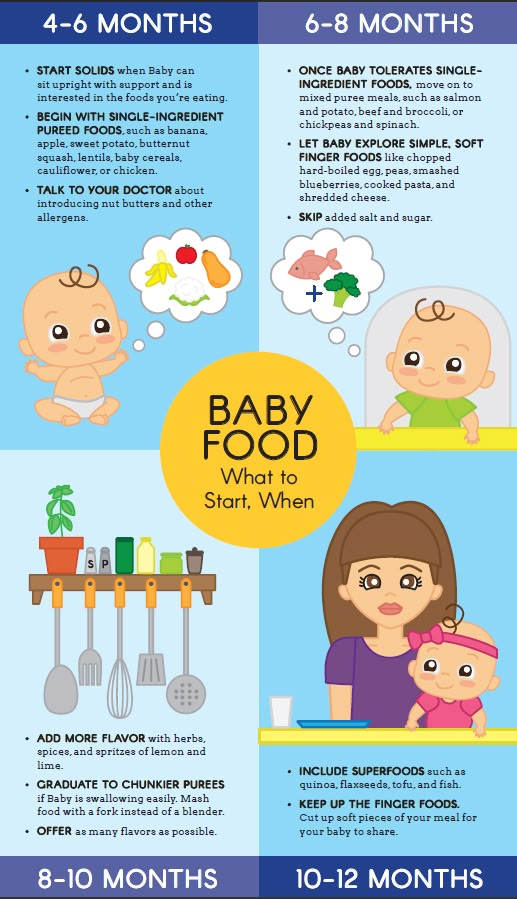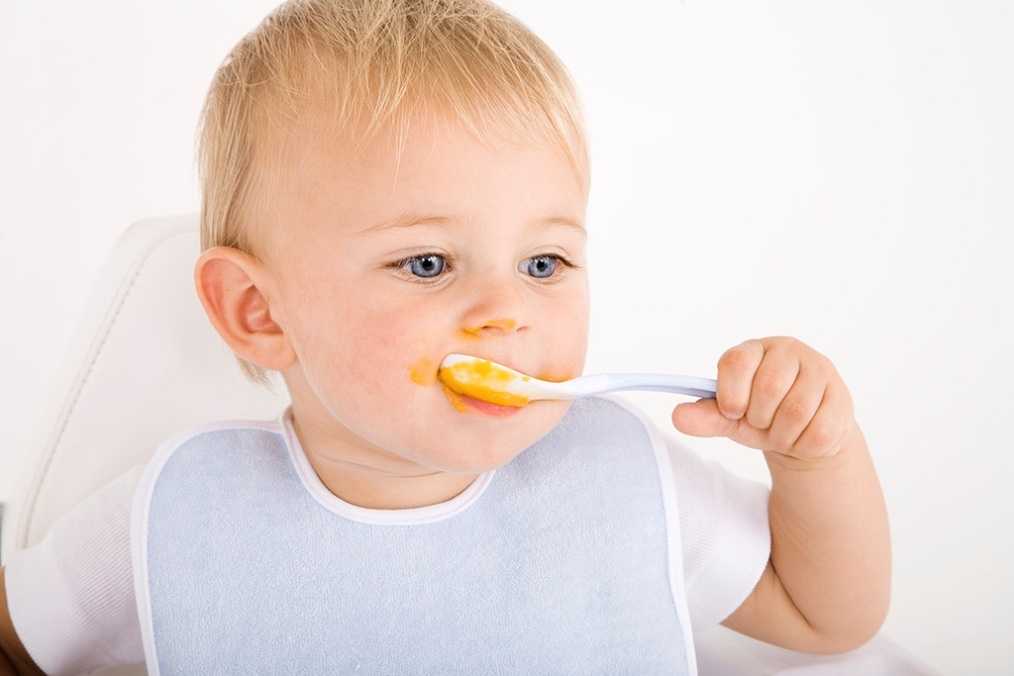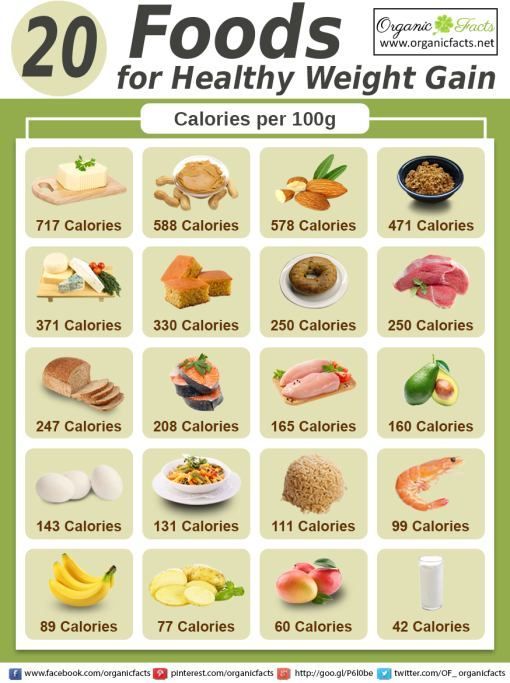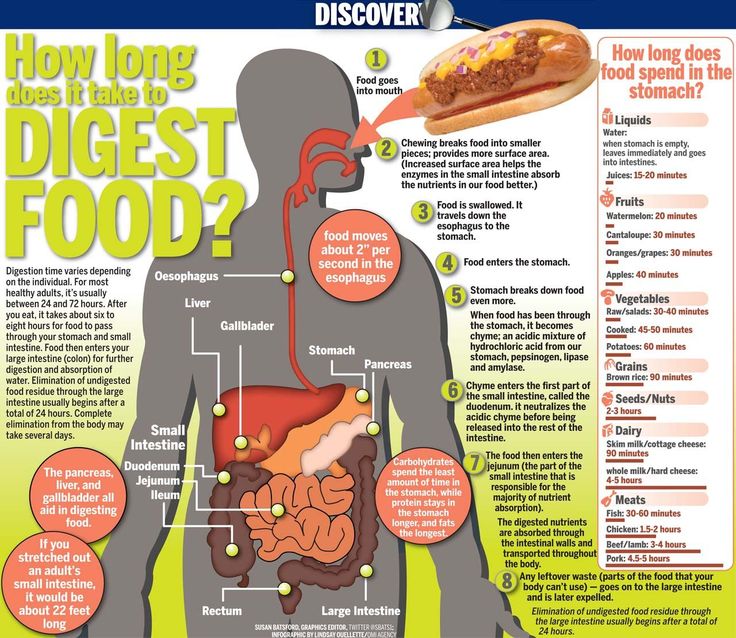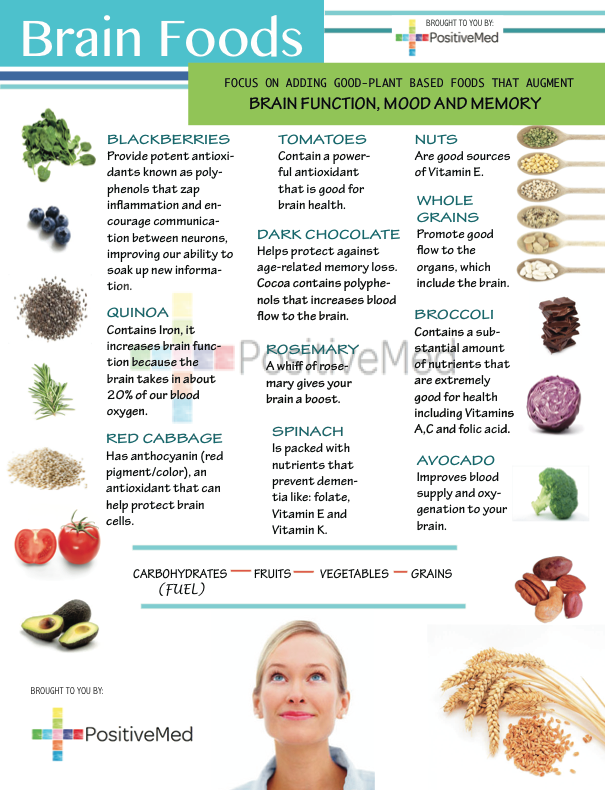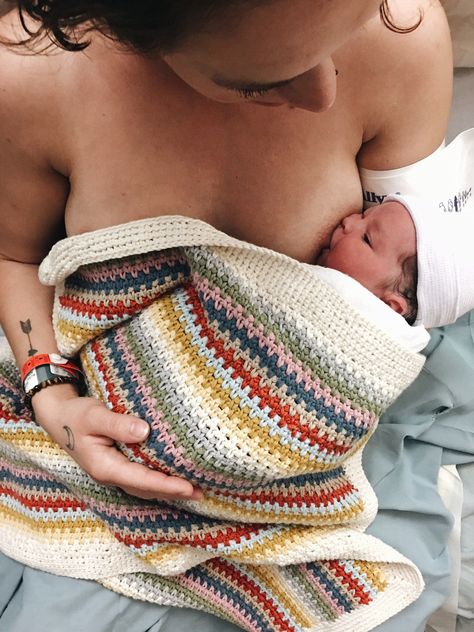How to feed a fussy baby solids
7 Clever Ways to Get Your Fussy Baby to Eat
Whether they’re distracted, food seems unappetizing, or they’re just not hungry, fussy babies can make for frustrated parents. Since babies can’t verbalize what they want (or cook for themselves), all you can do is present healthy options creatively and at regular intervals. It’s up to baby to eat. Try these seven clever strategies—
1. Channel Your Inner ArtistBabies are naturally “neophobic,” meaning they’re fearful of anything new. When your baby rejects a new food, keep in mind it might not be the flavor. Your little one could just need more time and some inspiration. When introducing a new taste or texture, consider baby’s tray your palette. Use boiled macaroni and some olives to make a smiley face, or organize soft berries and boiled vegetables into a rainbow. Despite what our moms always told us, sometimes playing with your food is OK—especially when it helps them feel comfortable with new colors and food combinations.
You might gasp a little when yogurt ends up on the floor, but encouraging baby to play will strengthen his relationship with food, making him less hesitant to try new tastes and textures. Give him a few colors and textures to play with—a dollop of vegetable purée (like Beech-Nut sweet corn & green beans), a few blueberries, and maybe something with a kick like tiny bits of nectarine or orange. Then, let him have some fun. Don’t worry… it’s nothing you can’t wipe up quickly.
3. Jam out to “The Wheels on the Bus”Babies are often more open to trying new genres of music than flavors of food. To help make mealtime a bit more memorable, consider jamming out with your babe to his favorite song. No radio necessary. This is where the spoon becomes the mic, you become the lead singer and baby acts as backup vocalist — taste testing the mic every once in a while, of course.
4. Mix (and Spice) It UpYou don’t eat just one thing for lunch, so don’t make baby do it either.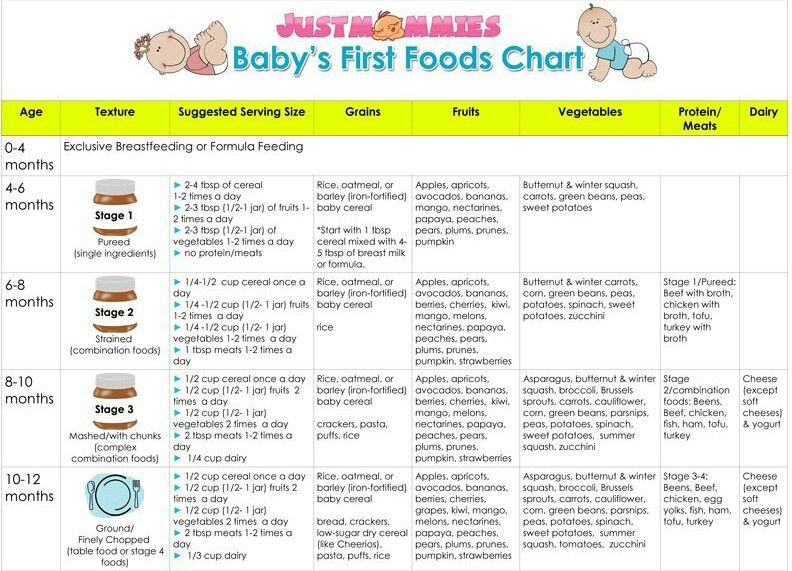 Small, baby-safe ice cube trays make for the perfect “separator plate” solution. Provide a variety of foods—some new and some tried-and-true—then, let her pick around and taste the new foods among the ones she trusts.
Small, baby-safe ice cube trays make for the perfect “separator plate” solution. Provide a variety of foods—some new and some tried-and-true—then, let her pick around and taste the new foods among the ones she trusts.
Not quite ready for brand new foods? Introduce new spices to already-trusted foods. Add a pinch of cinnamon to applesauce, or nutmeg to the butternut squash purée from Beech-Nut.
5. Play in the HaystacksA fun way to introduce new textures is to grate baby’s favorite flavors of firm fruits and veggies onto her tray. After spoon-fed purées, long, thin strips of carrots, apples and sweet potatoes may not seem like food. Show your baby how to pile the pieces into an edible mountain and eat each sliver one by one. It’s like Jenga for baby.
6. A Casual Lunch DateEven babies can be social eaters, so whenever you can, invite a friend over for a dining-focused playdate. Prepare a variety of finger foods and purées, including frozen purée pops, which are great for teething tots. You can make your own blend of fruitsicle or just pour a jar of Beech-Nut Naturals into a freezer-proof mold a few hours before. Not only is it fun to have company, but babies whose lips were sealed a minute ago may open up when they see a friend chowing down on lunch.
You can make your own blend of fruitsicle or just pour a jar of Beech-Nut Naturals into a freezer-proof mold a few hours before. Not only is it fun to have company, but babies whose lips were sealed a minute ago may open up when they see a friend chowing down on lunch.
We all know the airplane trick — our grandparents used it on our parents, our parents used it on us. But baby can see through this and keeps his mouth sealed tight. Try the same method, but refocused.
This cute construction cutlery set will have any dump-truck loving baby combing through his mashed potatoes. Who wouldn’t want to eat dinner off a literal mini ‘fork’lift?
Another presentation method: reusable food bags, like these lunchskins. The same way your baby is entertained by endless games of peek-a-boo, he’ll be excited to see what’s inside the bag. Reserve these bags for new flavors and textures so it’s like opening up something new every time you use them.
However, you use your creativity, make sure it comes in tandem with patience. The most crucial part of getting your baby to eat is to try and try again.
If all else fails, you can also consider adding a multivitamin, which could be great for those picky eaters who may not be getting enough nutrients from their diet. We like the Mommy’s Bliss Organic Multivitamin Drops, which are made without any artificial colors or ingredients (for babies 2 months+).
Have any creative ideas that we didn’t mention? Share them in the comments below!
What to Do When Baby Won't Eat Solids: 7 Simple Steps
When your baby won’t eat solids, it can be stressful. Learn why your baby is refusing food and how to get them to eat solid foods with 7 simple steps!
The spoon hits the floor.
Your baby makes a nasty face.
They might even shudder or gag.
All from a bite, or an attempt to feed your baby solid foods. It’s totally unexpected when babies respond with such disdain for baby food or table food. As parents, we’re often excited about this new milestone and it’s shocking when your baby won’t eat solids.
As parents, we’re often excited about this new milestone and it’s shocking when your baby won’t eat solids.
In real life though, it’s quite common for babies to gag on solids, seem uninterested, and outright refuse food.
While knowing it’s “normal” for babies to not seem interested in solid foods, even though everyone else’s baby seems to be gulping it down by the jar full, it still leaves the question, “How do you get a baby to eat solids?”
Well, I happen to know a thing or two about that. First, because I’ve personally helped a lot of families get their babies eating solids as a pediatric occupational therapist with over a decade of experience, but also because I’ve been there with my own son…
Going through it as a mom was a whole different ball game.
Of course, I knew that it was normal for babies to refuse baby food when it was first introduced, and I also knew that some babies didn’t much prefer baby food, but my Momma heart was worried.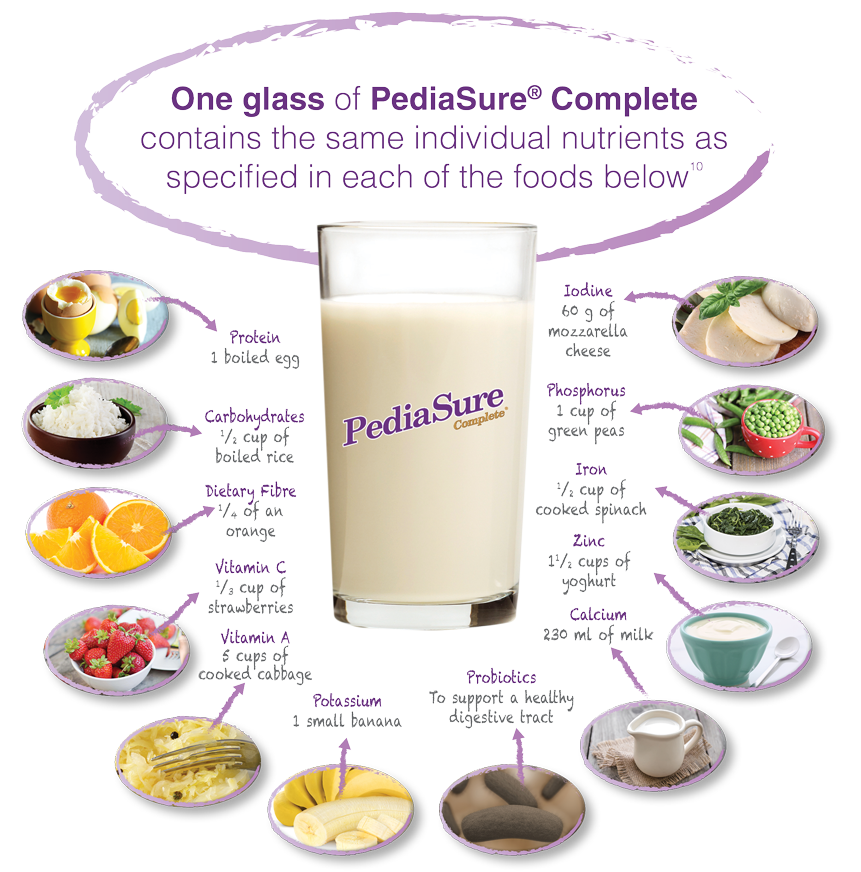 The worrying got worse when I watched my son act like he could’ve cared less about the delicious homemade sweet potatoes that I whipped up, as he turned his face away and threw the spoon across the room.
The worrying got worse when I watched my son act like he could’ve cared less about the delicious homemade sweet potatoes that I whipped up, as he turned his face away and threw the spoon across the room.
Meal after meal.
Day after day.
And, week after week.
With each passing day that he refused to eat solids, I got more worried, and more frustrated as I’d watch the food I’d prepared literally go down the drain. There came a point when I knew I needed to do more, to put some of my OT skills to use in my home, and that’s what I’m going to share with you here, because I know how stressful it is when your sweet adorable little baby won’t eat solids.
By the end of this guide, you’ll know :
-
- Why your baby is refusing solids
- Why they used to eat solids, but don’t anymore
- How to get them to eat solids and table foods
- Ways to get them more help (if you need it)
*Keep a look out for the free printable at the end too, if your baby is struggling with table foods!
Affiliate links used below. See our full disclosure.
See our full disclosure.
Why Your Baby Won’t Eat Solids
There are a lot of factors that can actually play a role in any baby’s refusal to eat solid food. We’re going to walk through each of them below, but know that the reason your baby isn’t eating solids could be any one or combination of them. With a little detective work, you’ll figure it out!
Also, age has a little do with it, and will help you hone in on what’s going on.
6 or 7 Month Olds That Refuse Solids:
-
- Baby isn’t ready yet – 6 months of age is the perfect time to introduce baby to solid foods, but sometimes the baby isn’t ready. Actually, this is really common when the baby is closer to 4 and 5 months old if you’re starting a little earlier, but is still totally normal at 6 months of age.
Babies are still learning how to move their tongue and bring toys to their mouth, which helps them get used to having foreign objects in there. Each baby is unique and yours may just need some practice if they are in this age range.
Each baby is unique and yours may just need some practice if they are in this age range.
They also may still be developing good trunk and head control, without it, eating is difficult!
Check out the American Academy of Pediatrics recommendations for introducing food and make sure your baby is ready for solids. You can also find my guide to Introducing Solids with more details on milestones to look for when 6 months old.
-
- A strong tongue thrust reflex – Most babies usually lose this reflex that helps them not choke if something accidentally gets into their mouth around 4-6 months, but it may linger for some.
If you notice that your baby still thrusts their tongue out every time you touch the spoon to their lips, they may need a little more time. It’s really hard for them to eat when they keep shoving their tongue out of their mouth!
-
- Doesn’t like the way food feels – Solid food is something so new and unfamiliar to babies, it can take a while for them to get used to the new texture in their mouth.
 Many babies do in fact get used to the feeling of solids, but some don’t.
Many babies do in fact get used to the feeling of solids, but some don’t.
- Doesn’t like the way food feels – Solid food is something so new and unfamiliar to babies, it can take a while for them to get used to the new texture in their mouth.
Read more about that below under sensory.
8, 9, or 10 Month Olds That Refuse Solids:
-
- Sensory – By 8 months of age, most babies are ready from a developmental standpoint, and at this age, it’s definitely time to get the ball rolling, but some babies (like my son) still refuse. One of the most common reasons why older babies still won’t eat solids is because they don’t like the texture.
This boils down to the way their brains are thinking about (or processing) the sensory input they feel (aka the food in their mouth).
This isn’t a bad thing and doesn’t necessarily mean they have any kind of diagnosis, but it does mean we need to take some extra steps to help them tolerate the texture of food better. You can head to sensory issues with food to learn more.
Babies that are sensitive to different textures usually gag immediately at the sight, touch, or taste of food.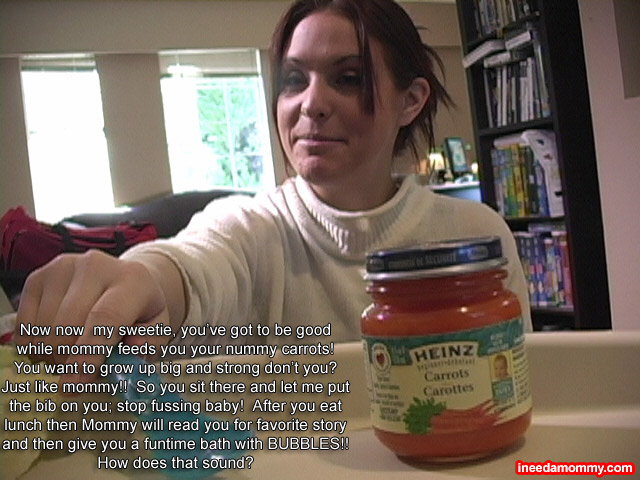
-
- Coordination – Eating actually requires a lot of muscle coordination from opening the mouth, pulling food off of a spoon, closing the mouth, and effectively swallowing.
We take this for granted and don’t even think about it, but for some babies, it just isn’t coming natural.
Babies that are having difficulty with coordination, or oral motor skills (find exercises with that link,) usually gag when trying to swallow or after getting the food into their mouth.
Or, the food may fall out frequently, and babies won’t eat solids because they just don’t know how. When they don’t know how to eat, it isn’t that fun, and there isn’t a lot of interest.
If gagging is something you’re concerned about or is happening often, read more in guide on baby gagging.
-
- Food allergies – Believe it or not, sometimes babies will avoid certain types of foods because they’ve associated an upset tummy with the yogurt or cheese for example.
 It doesn’t happen all the time, but it’s something to consider, especially when it’s very specific allergenic food.
It doesn’t happen all the time, but it’s something to consider, especially when it’s very specific allergenic food.
- Food allergies – Believe it or not, sometimes babies will avoid certain types of foods because they’ve associated an upset tummy with the yogurt or cheese for example.
The most common types of food allergens are dairy, egg, soy, wheat, tree nut, peanut, fish, and shellfish. Severe eczema is another indicator that food allergies might be present.
Sometimes, signs become more obvious when cow’s milk is introduced.
-
- Not into baby food – While this is probably the least likely reason your baby is refusing solids, it is possible.
If you’ve consistently offered baby food or infant cereal with no interest from your baby and you don’t see any of the sensory or coordination signs we talked about above, then you might just might want to move on to table and finger foods.
One way to do that is using a Baby Led Weaning approach, before you do that though read my BLW pros and cons.
*Get a seat in my free workshop and learn 5 big feeding mistakes that might be stopping your child from learning to eat. We’ll send you a free workbook too!
We’ll send you a free workbook too!
Why Baby Won’t Eat Solids Anymore (They Used to?)
-
- Some teething babies won’t eat – While it’s not as common, some babies start off eating baby food and then suddenly stop. A frequent cause of this is teething, and some babies teethe for a very. long. time. If your baby’s teeth are swollen, red, and seem to hurt, then this is likely the cause.
Try putting some teething gel on their gums 15-20 minutes before a meal. If you see an improvement, this is likely the culprit. Here’s a natural teething gel I like, but check with your doctor first.
-
- Going through a phase – Babies may get a little bug or slight cold that we aren’t even aware of or have some negative experience with food that seemed too minor to us as the parent, but makes them leery of eating.
If it’s the latter, some sensory sensitivities can develop if a baby goes for a while without eating any food.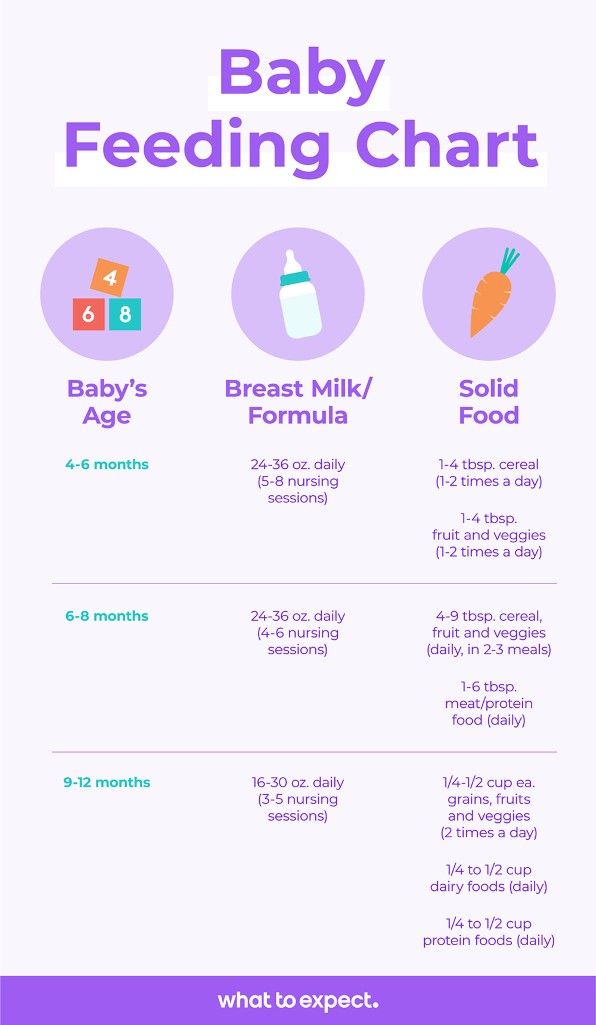 If this is the case for your baby, you’ll want to follow the steps below and focus on not pressuring your baby to eat. It’s really important that mealtimes are a positive experience.
If this is the case for your baby, you’ll want to follow the steps below and focus on not pressuring your baby to eat. It’s really important that mealtimes are a positive experience.
-
- They’ve outgrown baby food – If your baby is later in their 7th month or older, they may just be sick of solid baby food and ready for the real deal table and finger foods. That may mean it’s time to change up baby’s diet!
I know that seems scary and makes some parents nervous. Don’t worry though, if you think this is why your baby suddenly won’t eat solids anymore, then head to how to transition to table foods.
How to Get Your Baby to Eat Solids
1. The absolute first thing I do with a baby not eating solids is to put a scoop of baby food or some other pureed food like yogurt onto the tray of their high chair.
I know, the mess. It’s soooo important for babies to get messy though! If you’re skeptical, you’ve got to read: Why Babies Should Get Messy Eating. It will totally change your perspective and give you the inspiration to embrace the mess.
It will totally change your perspective and give you the inspiration to embrace the mess.
2. Encourage your baby to touch the food, but don’t force. Be silly and keep it light. Demonstrate.
If they refuse, try and try again. In fact, at every single meal, put a dollop of that food on their tray or even in a bowl that they can play with and touch. If they won’t touch after a few attempts, offer a spoon for them to stick into the food too.
This is one of my favorite beginner spoons that makes it really easy for baby to get some food onto it.
3. Once your child touches the solid food, you’re on your way! Allow them to touch, spread, and put it all over the tray and themselves. This is wonderful for their sensory processing and will make a huge difference in helping them get used to the texture of solids.
If they get upset once they’ve touched the food, or that they are now all messy, be very calm and reassuring.
Have a wet washcloth ready and quickly wipe them down. And, if this is how they respond, it’s a sign that you need to practice playing with these foods a lot! The more they touch and interact with the food, the closer they’ll be to eating it.
And, if this is how they respond, it’s a sign that you need to practice playing with these foods a lot! The more they touch and interact with the food, the closer they’ll be to eating it.
4. When baby has the food on their hand and they’re at least tolerating it, show them how to take their hand to their mouth, so they can taste it. You may need to demonstrate if baby won’t let you guide their hand.
Repeat this several times. After they eat from their hands several times, offer them some solid foods from a spoon.
5. You can also give them a large whole raw carrot or celery stalk at meals. I mean the whole darn thing. The point isn’t for them eat it (and if they can get pieces of it off, take it away), but for them to put it into their mouth.
When they do this, it helps desensitize their gag reflex and they get to practice biting, chewing, and moving their tongue around. It’s amazingly powerful and can make a big impact in a baby accepting solid foods.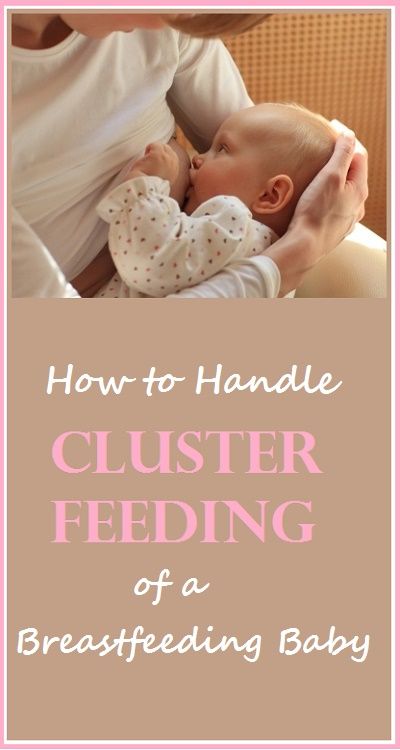 Make sure you demonstrate and keep offering at every meal.
Make sure you demonstrate and keep offering at every meal.
6. Be consistent and patient. I can’t stress this enough, even though it’s often easier said than done! Have regular meals and follow the above steps 1-3 times a day for every meal. You can find sample schedules for babies ages 6 – 7 months, 8 – 10 months, and 11 -14 months if you’d like a guideline to follow.
7. Focus on meals being positive experiences for the baby, even if they aren’t eating anything. As parents, we can bring a lot of stress with us to meals, which can be hard to hide. But, this is definitely a “fake it til you make it” kind of situation.
Take a deep breath, put on a happy face, and work on the above steps. Going into the meal with no expectations of them eating anything will also help keep your frustration level down.
To learn MORE, grab a seat in my free online workshop.
In it, you’ll learn 5 big feeding mistakes that are stopping your baby or toddler from learning to eat table foods! It’s an eye opener and will help you take steps to give them the best start with eating table foods well (even if it already isn’t going well):
Strategies to Use Outside of Meals for Baby’s Refusing Solids
There are a few really powerful strategies you can use away from the highchair that will directly impact your baby eating solids during meals. Might seem strange, but if you suspect your baby is refusing because of sensory or coordination difficulties, doing these activities can be total game changers:
Might seem strange, but if you suspect your baby is refusing because of sensory or coordination difficulties, doing these activities can be total game changers:
-
- Brush their teeth – If you haven’t started yet, brush their teeth, and when you do, make sure you’re getting all over their gums and the sides, as well as the top of their tongue.
It only takes a few seconds, but it helps to both desensitize their mouth and improve coordination because the tongue gets practice moving in different directions. If your baby doesn’t like it, take it slow, and try often.
The more often you brush, the bigger the effect. Try for one to three times a day, and consider a vibrating toothbrush (yes, even for babies) for more powerful input in their mouth.
-
- Play in sensory bins – That may be a new term to you or you might be wondering what the heck that has to do with eating, but playing in different textures is super powerful and helps the sensory system understand different textures better.
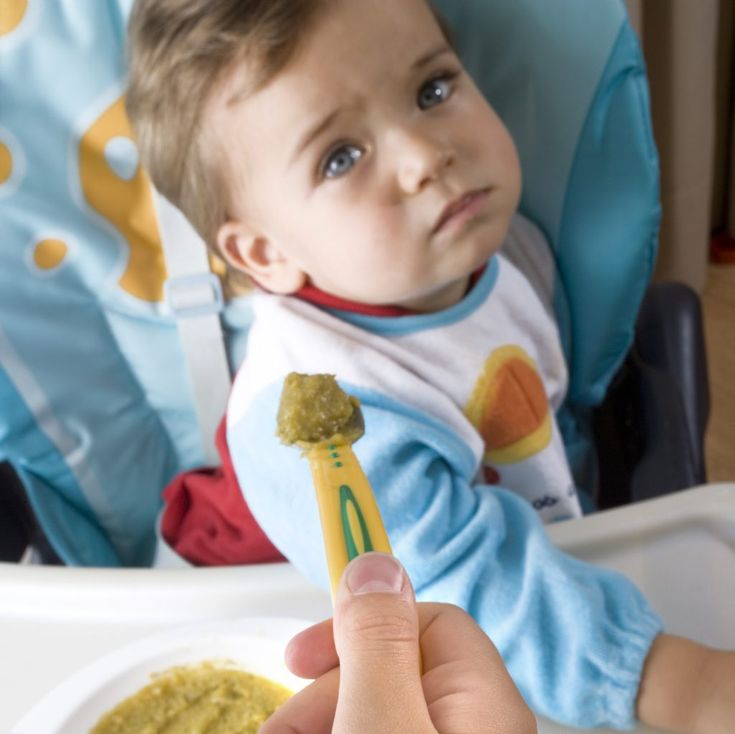
- Play in sensory bins – That may be a new term to you or you might be wondering what the heck that has to do with eating, but playing in different textures is super powerful and helps the sensory system understand different textures better.
This correlates directly to eating. I can’t tell you how many times I’ve seen a kiddo that plays in sensory bins frequently, suddenly start eating more foods (my son included). Head to Sensory Bin Ideas to learn how to set one up.
-
- Chew on toys – So many babies that won’t eat solids never put toys or teethers in their mouth, which is really easy to overlook. If this is your baby, pull out a bunch of different teethers and have them around the house.
Demonstrate. Dip them in food or juice. Play with them in the bath. The more often they get teethers and toys into their mouths, the more it will help improve the coordination their mouth muscles need to eat and desensitize their gag reflex and sensory system.
I really love this teether because it gets in the back of the mouth and this one vibrates (all my friends get it from me at their baby shower).
Help for the Baby Not Eating Food
I’m not just talking about solid baby food or purees. You may have a baby that won’t eat any type of food, like puffs, cut up fruit, or toast. They’re getting older and older. You’re getting worried.
You may have a baby that won’t eat any type of food, like puffs, cut up fruit, or toast. They’re getting older and older. You’re getting worried.
Following the above steps will be incredibly important for your babies too, especially the strategies for outside of a meal. But, you’ll also want to use the steps I outline in getting your baby to eat table foods.
That’s a whole different animal all within itself, and there are some targeting tips that can make all the difference in your baby eating food.
You’ll want to focus on small pieces, and by 9 months of life be attempting table or finger foods.
While I don’t want you to worry, I know it’s tempting to keep waiting it out, and unfortunately, some doctors advise this quite often. This often does not help your baby to learn to eat wide variety of foods.
Babies instinctively learn to chew between roughly 8 and 11 months of age, when they move past that, it can be much harder for them to accept foods. It’s not impossible, and the same steps apply for older children, but it’s much better to be proactive then taking a “wait and see” approach.
It’s not impossible, and the same steps apply for older children, but it’s much better to be proactive then taking a “wait and see” approach.
Puffs, lil cheese curls, and baby mum mum’s are all great for baby’s first foods.
When to Get More Help for a Baby Not Eating Solids
If your baby doesn’t like solid baby food and won’t accept any table foods of finger foods by 9 months old, it’s a good idea to get an evaluation either from the free early intervention program in your state or from a feeding therapist.
You can also read more about typical feeding milestones for babies just to have a reference point. As I said earlier, all babies develop at a different pace and needing a little more help is very common.
Get My Free Printable: Learn to Eat Table Foods Cheat Sheet
There seem to be more questions than answers when you’re under the daily stress of your baby or toddler not eating table foods. Not to mention all of the well-intentioned bad advice that’s often given. Let’s clear that up.
Let’s clear that up.
I’ve created a free 5 page guide that clearly lists the steps to teach your baby or toddler to eat table or finger foods, plus a FAQ guide for parents to ease their worries when their babies won’t eat!
Get your free Learn to Eat Table Food Cheat Sheet printable here!
More on My Baby Won’t Eat Solids
How to Teach Your Baby to Self-Feed
Mega List of Table Food Ideas
How to Teach Your Baby to Drink from a Straw
The Best Mealtime Utensils and Tools for Babies
Click here to Pin This! (You’ll have as a quick reference)
Alisha Grogan is a licensed occupational therapist and founder of Your Kid’s Table. She has over 17 years experience with expertise in sensory processing and feeding development in babies, toddlers, and children. Alisha also has 3 boys of her own at home. Learn more about her here.
5 easy ways to transfer a child to an adult table: from mashed potatoes to pieces
How to transfer a child to an adult table, what are the rules for a healthy diet for a child after a year and how to teach a baby to chew: read about this and much more in our material.
Most often, by the age when grown-up babies have already learned to sit on their own, they show interest in the parent's table. Sometimes, with great zeal, they strive to try everything that is on the plate of their parents or brothers and sisters. And if they managed to get a trophy in the form of adult food, they not only try it “by the tooth”, but they can also smear it on the table or throw it on the floor.
And now there comes a moment when every parent dreamily thinks that soon there will be no need to prepare a “special menu” for the youngest member of the family and everyone will finally eat the same thing. But when does this time come?
When is the right time?
Experts agree that there are no clear boundaries, because every baby develops at its own pace. Coordinating the work of all the muscles of the oral cavity and chewing hard pieces can be still difficult for babies. At the first stage of acquaintance with complementary foods, it is better to use homogenized purees, then - products with a puree-like consistency, and later - with pieces. Often at 8-9months, children try to gnaw everything that gets into their mouths, and they usually already have several teeth, and all this suggests that the structure of food can be complicated. Let's see how.
Often at 8-9months, children try to gnaw everything that gets into their mouths, and they usually already have several teeth, and all this suggests that the structure of food can be complicated. Let's see how.
5 easy ways to transition your child to adult meals
1. Take it slow and encourage interest
Starting with mashed potatoes, slowly but steadily add thicker foods to the diet. At the age of 6 months (it all depends on the pace of development of your baby and his physiological characteristics, for example, on the number of teeth), you can safely treat children to special children's cookies.
It will also be useful to observe the food interest of the baby - to notice that he himself is drawn to some adult food.
Be sure to tell us about the taste, texture, color of the product.
Photo: shutterstock / Katrina Era2. Create a special atmosphere at the table
It is very important for kids to follow the routine - eat at the same time, do it in your own place and preferably with your children's appliances from your dishes, and, of course, in your chair. This disciplines, allows the gastrointestinal tract to work by the hour.
This disciplines, allows the gastrointestinal tract to work by the hour.
Baby chairs are ideal for feeding your baby. First of all, it is safe, but do not forget that the child must always be fastened. Show by your own example how to use cutlery, because kids repeat everything after adults.
Make family breakfasts, lunches or dinners (and conversations) a special time. Time at the table is the time of communication, let it be a good tradition and remain in the memory of the child.
3. Choose special products to transition to an adult table
During the transition to adult food, unfamiliar food may seem tasteless, the child may think that you are giving him something inedible. One of the best transition options would be a special combined puree, for example, the FrutoNyanya line with pieces of meat and vegetables, which will introduce the baby to a new consistency and help stimulate chewing skills due to the pieces of vegetables and crushed grains contained there.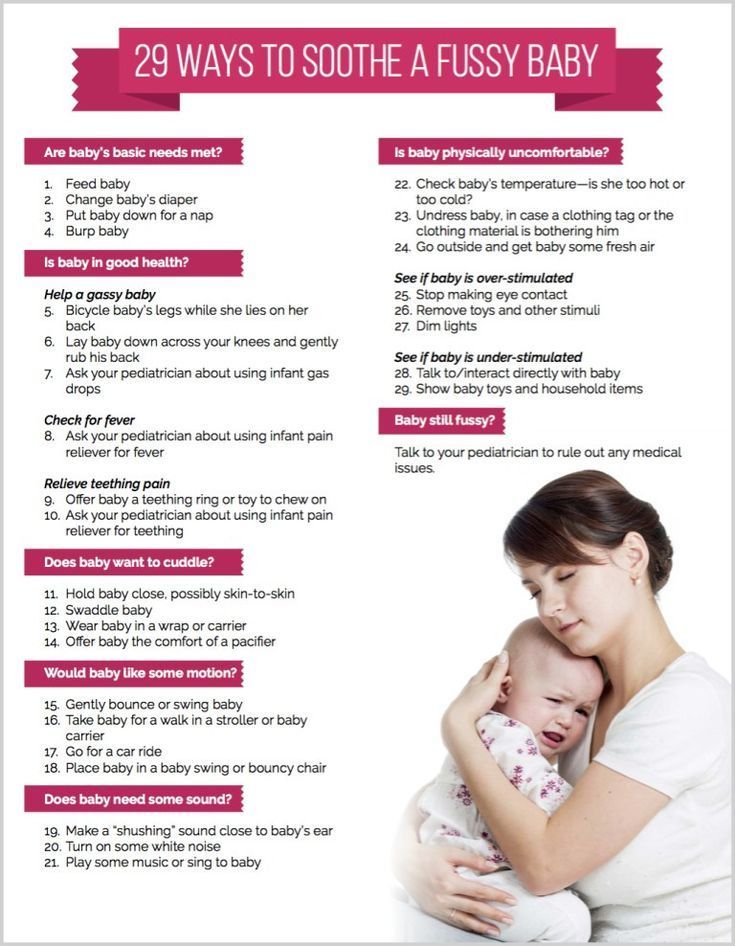 In addition, each jar of this line contains 12% of the physiological needs of the baby (aged 9months) in iron.
In addition, each jar of this line contains 12% of the physiological needs of the baby (aged 9months) in iron.
4. Cook meals that are suitable for the whole family
Cooking for the whole family is a great idea. The main rule: your diet should be suitable for the child, which means a minimum of salt and spices. Introduce baby vegetable "soups", boiled or steamed vegetables, lightly crushed with a blender or mashed with a fork, into the child's diet. You can give your child to try different foods with pieces. And if he doesn't like it, offer again in a couple of weeks. It is important here not to miss the moment, but also not to rush: if you start introducing thicker and solid foods into your baby’s diet too early, this can lead to eating disorders and other problems.
5. Avoid watching cartoons and using gadgets while eating
It is important to be patient and not distract your child with cartoons and gadgets. So he will be able to feel the taste of food and learn to enjoy the process of eating - both in the present and in the future. Of course, turning on the cartoon and quickly feeding the child is very convenient, but when the baby is fascinated by what is happening on the screen, his brain analyzes only the cartoon and does not think about the taste of food and satiety at all.
Of course, turning on the cartoon and quickly feeding the child is very convenient, but when the baby is fascinated by what is happening on the screen, his brain analyzes only the cartoon and does not think about the taste of food and satiety at all.
What happens if you miss the moment?
More and more mothers and fathers in parent groups on the Internet complain that their seemingly healthy child refuses to chew solid food. The reasons may be different - for example, "laziness" (kids do not want to chew, as at first this is not an easy process).
Delaying the introduction of more adult foods and foods with chunks too long can lead to a range of problems, from eating disorders to functional and even organic disorders. And, of course, the work of the gastrointestinal tract suffers.
The advice in the articles is advisory in nature and cannot replace a visit to your doctor.
Photo: shutterstock / BigLike Images
Glinskikh Elena
Published: 01/15/2023
Reading time:
355
What are the difficulties
When a small child appears in a family, parents face a difficult task: not just to raise and educate, but also to instill in the baby all the necessary skills. For example, young parents are often concerned about the question of how to teach a child to chew. We have collected tips for you from well-known Russian and foreign pediatricians who will help you find the best solution.
For example, young parents are often concerned about the question of how to teach a child to chew. We have collected tips for you from well-known Russian and foreign pediatricians who will help you find the best solution.
For adults, the process of chewing food seems to be something completely natural. But the child has only a sucking reflex, and even liquid puree becomes an unusual and unfamiliar food for him. In addition, other reflex reactions are characteristic of the same period, due to which solid pieces of food that have fallen into the mouth are rejected. They weaken by 4 months, but it is not necessary to wean a child at this age: mother's milk "adjusts" to the needs of the baby, its composition changes over time.
When to introduce the first complementary foods
Exactly at this time - between 4-6 months. Depending on various factors, it can be a monocomponent vegetable puree or dairy-free porridge from a single cereal. It is worth considering the weight, height, state of the digestive system and other features of the child's health.
How to tell if your baby is ready for solid food
As a rule, your baby will let you know that he is interested in updating his diet. This can be seen from his behavior:
- stops sucking food from a spoon, removing it with lips
- Trying to chew
- shows interest in the "adult" food
This usually happens no earlier than 6-8 months - that's when you can start giving the baby cereals and other foods with small dense particles.
How to choose a diet for young children
- At 6-7 months, tiny particles up to 0.3 mm are acceptable. Shredded vegetables are ideal
- At 8-9 months, food with particles up to 1.5 mm can be added to the diet. These can be cereal flakes as part of cereals, tiny pieces of well-cooked vegetables
- At 9–12 months, the child can already cope with chewing food with pieces up to 3 mm.
- At 1 year of age and beyond, teach the child to chew solid food independently
Common mistakes
Young parents may inadvertently make mistakes. This is normal and should not cause panic: the first child is always difficult. If the baby refuses solid food, there are several reasons.
This is normal and should not cause panic: the first child is always difficult. If the baby refuses solid food, there are several reasons.
Solids too large . The child has a protective reflex, due to which he often spits out food. And if the piece is very large, the baby may begin to vomit.
Complementary foods were introduced very late . Some "specialists" and "experienced relatives" convince young mothers that they need to breastfeed their baby for up to a year, without giving him any other food. The kid gets used to such food, and the chewing reflex is not formed in him. You should not be afraid, it is difficult, but you can fix it.
The child does not like the taste . Yes, he is already an independent person who has his own preferences. So the baby can easily eat broccoli and refuse a baked pear. Or vice versa. You should not forcefully stuff the child with what he does not like, or force him to finish eating the entire portion.
Negative associations . Some psychologists believe that the refusal to eat from a spoon may be due to the fact that the child associates food with medicine (manifested in cases where the baby was given tasteless potions).
Some psychologists believe that the refusal to eat from a spoon may be due to the fact that the child associates food with medicine (manifested in cases where the baby was given tasteless potions).
Too many new products . Don't try to include a wide variety of foods in your diet. As Ellyn Satter writes in Feeding and Feeding Your Child with Love and Common Sense, it's best to add "scary and unfamiliar" foods to what your child already loves, and in very small portions.
The child is fed like an adult . Larisa Surkova writes in the book “How cool it is with a child from 1 to 3 years old: a generator of useful tips”, you should not deny your baby tactile sensations. If he wants to crush food, sniff, smear on the table - let him do it. In the end, the table can be covered with oilcloth (and the floor, by the way, too).
No Foods
To avoid food allergies and digestive problems, never give a child under four years of age:
- lollipops, caramel, toffee
- nuts and seeds of any kind
- hard pieces of meat
- whole grapes
- large pieces of hard fruits and vegetables
a one-year-old baby cannot chew food and constantly chokes on small pieces.
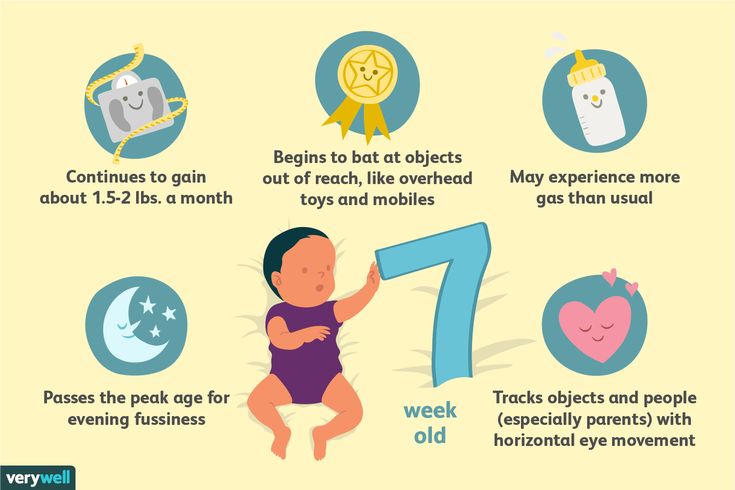 This means that the chewing reflex is not fully formed, and parents will have to act very delicately:
This means that the chewing reflex is not fully formed, and parents will have to act very delicately: - Prepare thick creamy soups and purees for the child, but leave a few tiny, boiled pieces of vegetables while blending with a blender
- Later, the vegetables can be chopped with a fork, the pieces will become larger, but not hard enough for the child to choke
- Foods that your child likes will help you achieve the best results. It can be baked apples and pears, bananas, baby cookies
- Food should be made not only tasty, but also beautiful so that it attracts the baby
If, during the learning process, the child continues to choke and is unable to swallow solid food, this is an occasion to consult a doctor who will find the cause of the problem.
Game process
The child needs to be interested. A game plot for eating is an absolute norm. In the process, the baby can be told an interesting story in which he will be involved.